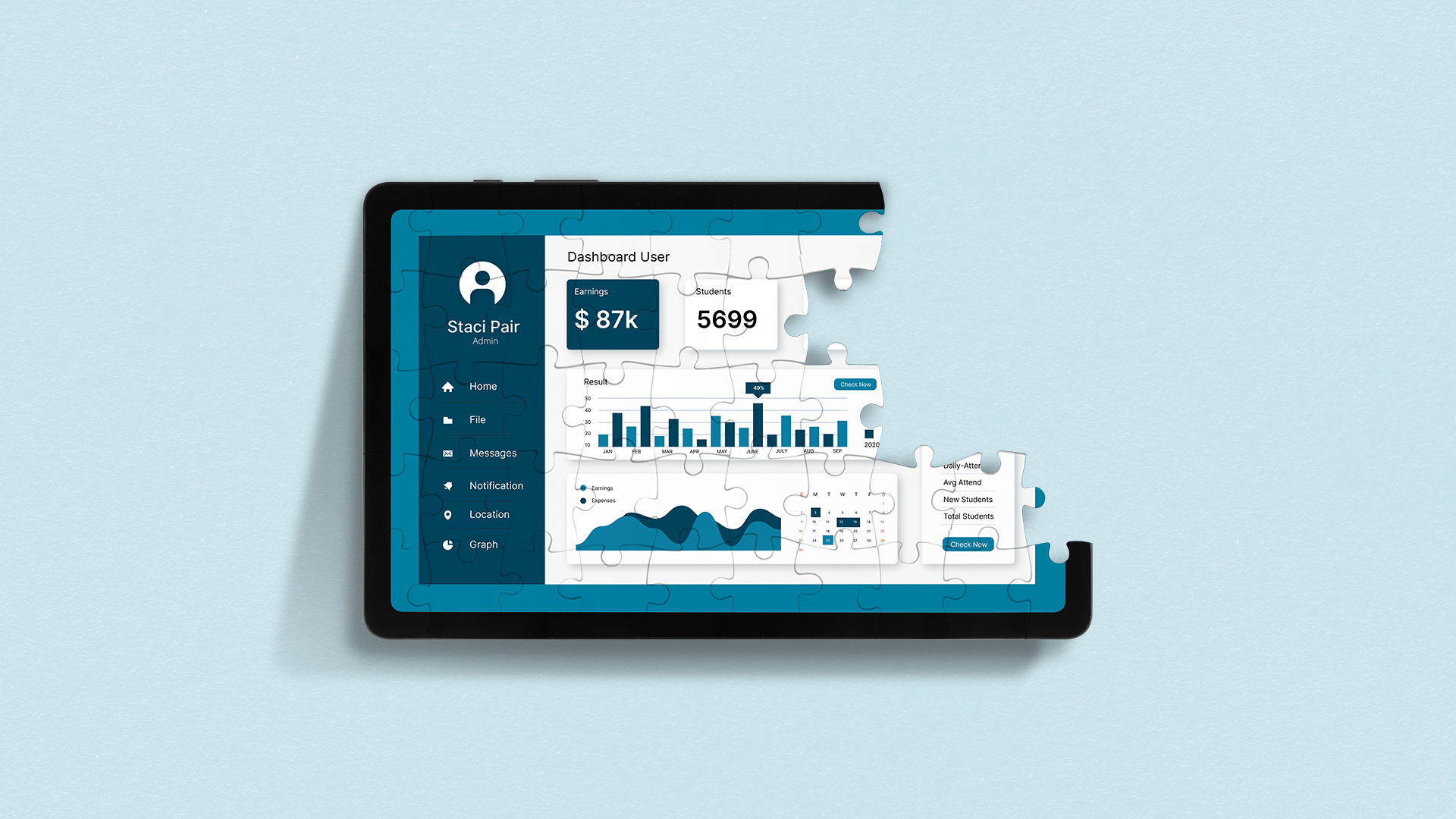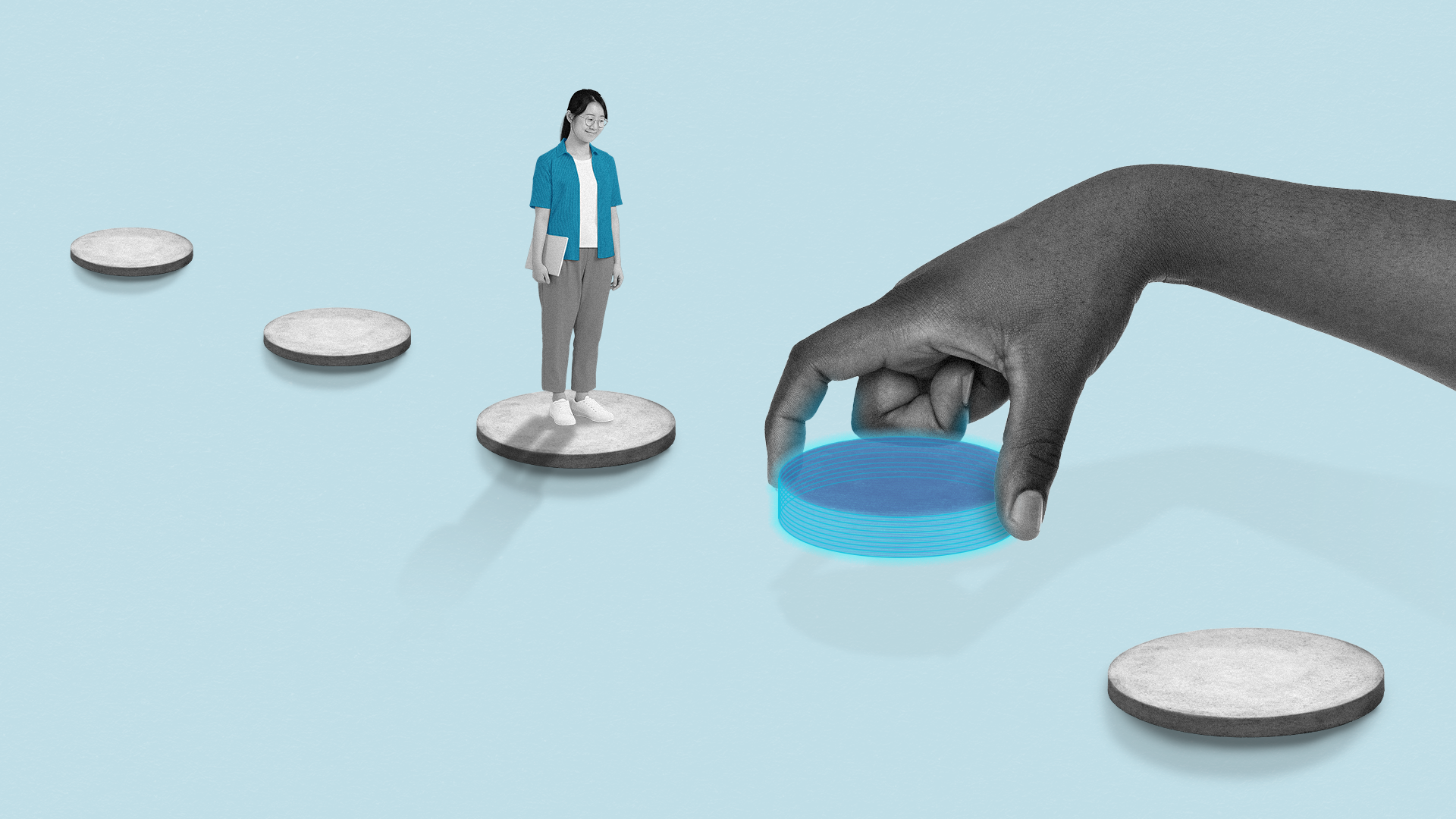- Video 1: Introduction to Our Five-Part Video Series
- Video 2: Using Student Experience to Drive Tech Decisions
- Video 3: Three Smart Ways to Improve Tech in Higher Ed Without Overhauling Your Infrastructure
- Video 4: How AI Can Transform Higher Education by Putting People First
- Video 5: How Incremental Change Will Revolutionize Higher Education
In the second video of a five-part series for higher ed leaders, Regina Law presents a practical framework for aligning technology with the real needs of learners. Instead of focusing solely on technical upgrades or complex tools, Regina encourages universities to look at their learner journey holistically, using it as a roadmap for tech decisions.
Watch Video 2: Using Student Experience to Drive Tech DecisionsRegina Law is the Vice President of Partnership Development, Technology at Noodle with a unique background. Coming from higher education and strategic planning rather than programming, she understands firsthand the specific needs and challenges faced by universities.
How to Build a Learner Journey
Many institutions struggle with overcomplicated tech systems that don’t match how learners actually interact with them. Regina’s approach offers a solution: a step-by-step formula for building a learner-centered technology strategy by understanding each stage of the learner journey.
1. Awareness and Attraction: How Do Learners Discover Your University?
Start by examining how potential learners first learn about your university. What sparks their interest? Is it a Facebook ad, a Google search, a recommendation, or perhaps a bus ad? Understanding these entry points is essential, as it informs how and where you should invest in marketing and outreach. The first impression often sets the tone for the entire learner experience. By knowing how learners find you, universities can refine their messaging and make sure the content resonates with prospective learners’ needs and expectations.
2. Inquiry and Exploration: Can Students Easily Find the Information They Need?
Once learners are interested, their next step is to explore your website or reach out for more information. At this stage, having a clear and user-friendly digital experience is crucial. Regina recommends focusing on tools like RFI (Request for Information) forms and content management systems (CMS) to ensure learners can easily navigate and get answers to their questions. Ask yourself: Can learners find what they need to assess if they’re a good fit? Is it obvious how they can get more information? The exploration phase should be seamless, making learners feel guided and welcomed into the university community.
3. Application and Enrollment: How Smooth Is the Application Process?
The next step is where learners start their formal application. Here, it’s essential to simplify the process and make sure learners feel supported every step of the way. Are they assigned an enrollment advisor? Are they getting helpful reminders to complete their applications without feeling overwhelmed by too many notifications? Regina suggests using enrollment management systems (EMS), such as Slate or Common App, and customer relationship management (CRM) tools like Salesforce, to track applicant progress and personalize communication. A smooth application journey can reduce friction and help learners feel confident and cared for during this critical decision-making period.
4. Transition and Onboarding: How Are Students Welcomed into the Community?
After acceptance, focus on the transition from accepted student to active learner. How well does your institution onboard new learners? Consider how they are introduced to resources, support services, and registration processes. At this point, learner information systems (SIS) like Banner or Workday are crucial for organizing registration, housing, and other onboarding needs. A welcoming and structured onboarding phase fosters a sense of belonging, reduces melt, and prepares learners for success in their academic journey.
5. Learning and Campus Life: What Is the Academic and Social Experience Like?
Once classes begin, learners move into the core of their educational experience. Regina emphasizes the importance of the learning management system (LMS)—like Canvas, Blackboard, or Moodle—and other learning tools that make the academic experience more engaging. Evaluate whether learners can easily access learning materials, communicate with professors, and collaborate with peers. The academic experience, both online and on campus, should be straightforward and supportive. This stage is about ensuring that tech facilitates learning, rather than creating barriers or distractions.
6. Alumni Engagement: How Do Students Stay Connected After Graduation?
Graduation doesn’t mark the end of the learner journey. Alumni can be valuable advocates, donors, and even employers of future graduates. Regina advises institutions to consider how alumni stay connected and how technology supports lifelong learning and re-engagement for advanced degrees or certifications. This stage is often overlooked but can strengthen the institution’s reputation and community over time.
Evaluating and Adapting the Journey: Using Data for Continuous Improvement
Throughout these stages, collecting and analyzing data is crucial for understanding where learners encounter friction and where improvements can be made. For example, examining the sources of learners who successfully complete their degrees might reveal patterns that help optimize recruitment strategies. Regina notes that technology doesn’t always require major overhauls; sometimes, small adjustments based on real data—like adjusting marketing spend or improving response times—can have a significant impact.
A Roadmap for Long-Term Success: Building Toward the Ideal Student Journey
Once you’ve mapped the learner journey and identified areas for improvement, you can create a roadmap for implementing changes. This doesn’t mean adopting every new tech trend; rather, it’s about taking incremental steps that align with your vision for a supportive, efficient learner experience. According to Regina, innovation doesn’t always mean radical change—it can be a series of small, thoughtful adjustments that lead to meaningful evolution over time.
By following this formula, higher ed leaders can create a strategic, learner-centered approach to technology. Each stage of the learner journey provides an opportunity to refine and improve, making the institution more welcoming, supportive, and connected for learners from day one through their lifelong engagement as alumni.



